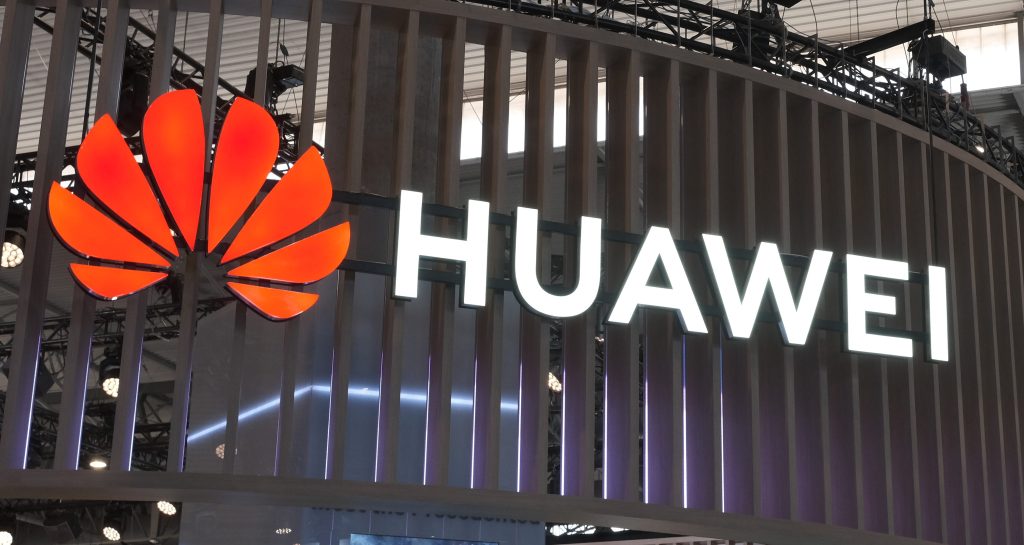As 5G networks begin rolling out and commercializing around the world, telecoms vendors are rushing to get a headstart. Huawei equipment is now behind two-thirds of the commercially launched 5G networks outside China, said president of Huawei’s carrier business group Ryan Ding on Tuesday at an industry conference.
Huawei, the world’s largest maker of telecoms gear, has nabbed 50 commercial 5G contracts outside its home base from countries including South Korea, Switzerland, the United Kingdom, Finland and more. In all, the Shenzhen-based firm has shipped more than 150,000 base stations, according to Ding.
It’s worth noting that network carriers can work with more than one providers to deploy different parts of their 5G base stations. Huawei offers what it calls an end-to-end network solution or a full system of hardware, but whether a carrier plans to buy from multiple suppliers is contingent on their needs and local regulations, a Huawei spokesperson told TechCrunch.
In China, for instance, both Ericsson and Nokia have secured 5G contracts from state-run carrier China Mobile (although Nokia’s Chinese entity, a joint venture with Alcatel-Lucent Shanghai Bell, is directly controlled by China’s State-owned Assets Supervision and Administration Commission).
Huawei’s handsome number of deals came despite the U.S’s ongoing effort to lobby its allies against using its equipment. In May, the Trump administration put Huawei on a trade blacklist over concerns around the firm’s spying capabilities, a move that has effectively banned U.S. companies from doing businesses with the Shenzhen-based giant.
Huawei’s overall share in the U.S. telecoms market has so far been negligible, but many rural carriers have long depended on its high-performing, cost-saving hardware. That might soon end as the U.S. pressures small-town network operators to quit buying from Huawei, Reuters reported this week.
To appease potential clients, Huawei has gone around the world offering no-backdoors pacts to local governments of the U.K. and most recently India.
Tech and VC heavyweights join the Disrupt 2025 agenda
Netflix, ElevenLabs, Wayve, Sequoia Capital, Elad Gil — just a few of the heavy hitters joining the Disrupt 2025 agenda. They’re here to deliver the insights that fuel startup growth and sharpen your edge. Don’t miss the 20th anniversary of TechCrunch Disrupt, and a chance to learn from the top voices in tech — grab your ticket now and save up to $600+ before prices rise.
Tech and VC heavyweights join the Disrupt 2025 agenda
Netflix, ElevenLabs, Wayve, Sequoia Capital — just a few of the heavy hitters joining the Disrupt 2025 agenda. They’re here to deliver the insights that fuel startup growth and sharpen your edge. Don’t miss the 20th anniversary of TechCrunch Disrupt, and a chance to learn from the top voices in tech — grab your ticket now and save up to $675 before prices rise.
Huawei is in a neck and neck fight with rivals Nokia and Ericsson. In early June, Nokia CEO Rajeev Suri said in an interview with Bloomberg that the firm had won “two-thirds of the time” in bidding contracts against Ericcson and competed “quite favorably with Huawei.” Nokia at the time landed 42 5G contracts, while Huawei numbered 40 and Ericsson scored 19.
Huawei’s challenges go well beyond the realm of its carrier business. Its fast-growing smartphone unit is also getting the heat as the U.S. ban threatens to cut it off from Alphabet, whose Android operating system is used in Huawei phone, as well as a range of big chip suppliers.
Huawei CEO and founder Ren Zhengfei noted that trade restrictions may compromise the firm’s output in the short term. Total revenues are expected to dip $30 billion below estimates over the next two years, and overseas smartphone shipment faces a 40% plunge. Ren, however, is bullish that the firm’s sales would bounce back after a temporary period of adjustment while it works towards self-dependence by developing its own OS, chips and other core technologies.


